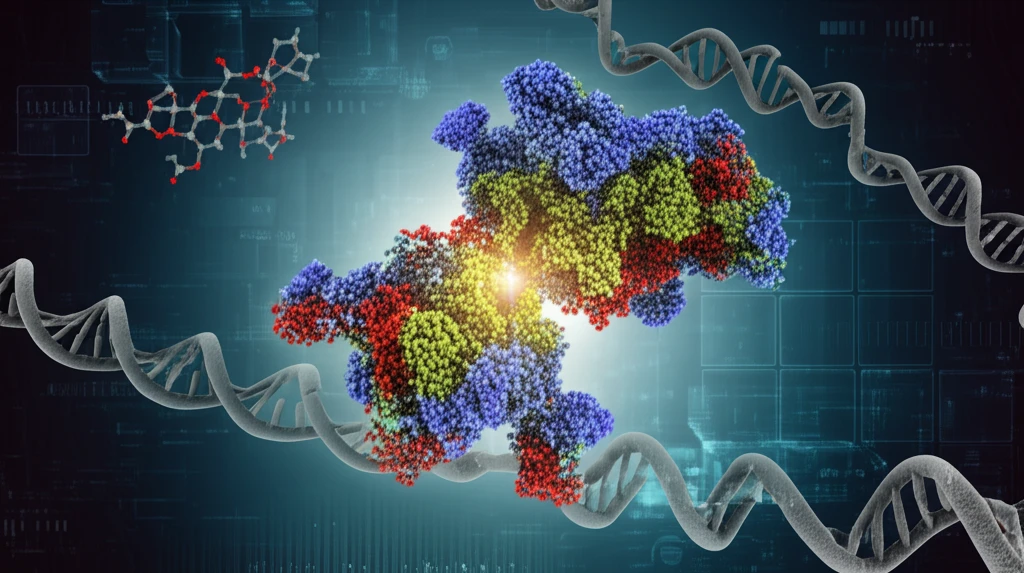
The Curious Case of Src Kinase: How Scientific Corrections Uphold Research Integrity
"Unraveling the story behind a critical correction in a molecular biology paper and what it means for scientific accountability."
In the ever-evolving world of scientific research, the pursuit of knowledge is often fraught with challenges. One such challenge is ensuring accuracy and integrity in published findings. Scientific literature, while aiming for perfection, is not immune to errors. When these errors come to light, the scientific community relies on a mechanism known as a corrigendum—a correction to a published paper—to set the record straight. This article delves into a specific case: a corrigendum published in the Journal of Molecular Biology concerning research on Src tyrosine kinase.
Src tyrosine kinase is a pivotal enzyme involved in numerous cellular processes, including cell growth, differentiation, and motility. Given its involvement in cancer and other diseases, understanding its structure and function is critical. The original paper, titled “A Catalytically-Disabled Double Mutant of Src Tyrosine Kinase Can Be Stabilized into an Active-Like Conformation,” explored how a modified version of this enzyme could be stabilized in an active-like state. However, an error in the attribution of authorship prompted a necessary correction.
This correction highlights not only the importance of accuracy but also the collaborative nature of scientific research. It's a story of unintended oversights and the proactive steps taken to rectify them, underscoring the values of transparency and accountability in the scientific community. As we dissect this corrigendum, we'll explore its implications and the broader context of scientific integrity.
The Corrigendum: Setting the Record Straight

Published in March 2018, the corrigendum addressed an error in ascribing the author contributions. The original paper had inadvertently omitted Dr. Lalima G. Ahuja as a joint co-first author. According to the correction, this omission occurred because the authors lost track of the contributions during the revision process. The oversight was significant because Dr. Ahuja's contributions were substantial enough to warrant her inclusion as a joint co-first author alongside Yilin Meng.
- Acknowledgement of error in authorship.
- Official recognition of Dr. Lalima G. Ahuja as a joint co-first author.
- Expression of apology for the inconvenience caused.
- Reinforcement of collaborative integrity.
The Broader Implications for Scientific Integrity
The corrigendum regarding the Src tyrosine kinase paper is a microcosm of the larger ecosystem of scientific research. It illustrates that errors can occur, even in high-impact journals, and that the scientific community has established mechanisms to address them. By correcting these errors transparently, scientists reinforce the public’s trust in the scientific process. Scientific integrity is more than just avoiding intentional misconduct; it includes being vigilant about accuracy, acknowledging mistakes, and promptly correcting them. This commitment to integrity ensures that scientific knowledge remains reliable and trustworthy, benefiting society as a whole.
